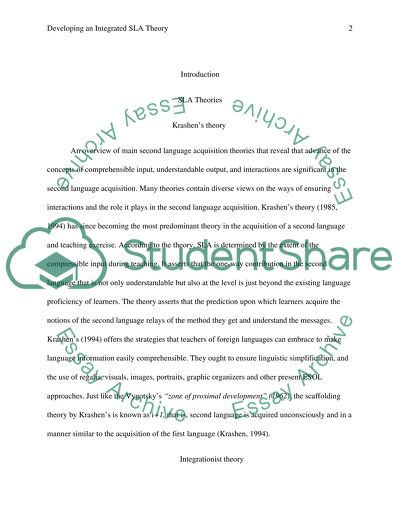Cite this document
(“Developing an Integrated SLA Theory Research Paper”, n.d.)
Retrieved de https://studentshare.org/humanitarian/1639283-developing-an-integrated-sla-theory
Retrieved de https://studentshare.org/humanitarian/1639283-developing-an-integrated-sla-theory
(Developing an Integrated SLA Theory Research Paper)
https://studentshare.org/humanitarian/1639283-developing-an-integrated-sla-theory.
https://studentshare.org/humanitarian/1639283-developing-an-integrated-sla-theory.
“Developing an Integrated SLA Theory Research Paper”, n.d. https://studentshare.org/humanitarian/1639283-developing-an-integrated-sla-theory.


